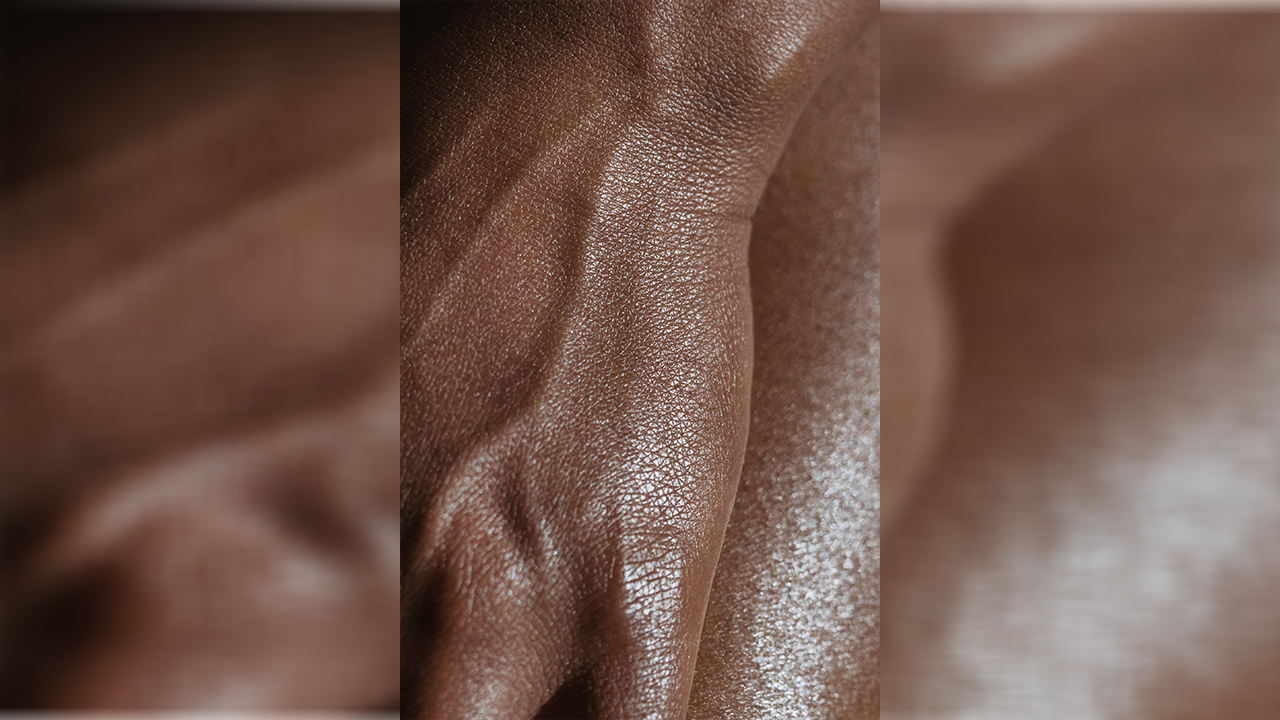Health, UK (Commonwealth Union) – Cutting-edge methods for detecting skin cancer tumors without resorting to invasive surgeries are currently under development at the University of Dundee.
Dr. David Bajek is spearheading innovative research in collaboration with the University and NHS Tayside, aiming to significantly reduce reliance on biopsy surgeries for skin cancer detection and treatment.
Dr. Bajek’s work focuses on creating a handheld device equipped with infrared lasers, each the size of a penny. This device employs a technique akin to ultrasound, capable of penetrating the skin to provide detailed imaging of tissue layers.
Known as Optical Coherence Tomography (OCT), this method is already utilized by opticians for examining the eye, yet adapting it for skin tissue presents a more intricate challenge, as indicated by the researchers developing the device.
In the foreseeable future, Dr. Bajek’s device holds the potential not only for diagnosing tumors but also for closely monitoring areas on prior occasions treated for cancer.
Dr. Bajek, a researcher affiliated with the University of Dundee, School of Medicine as well as the NHS Tayside’s Photobiology Unit at Ninewells Hospital, has been honored with the Silver Award for Physics at STEM for Britain, where the recognition underscored the significance of his research.
Selected from a pool of numerous applicants nationwide, Dr. Bajek had the opportunity to present his work before Members of Parliament at Westminster. A panel comprising esteemed judges from STEM industries assessed the presentations and chose the winners.
Dr. Bajek expressed his astonishment on hearing his name being announced and stated that it was unexpected.
“There’s a lot of remarkable research going on and the judges must have had a difficult job picking the winners because the research comes from a wide variety of important fields in physics.
“I am passionate about what I do and they said that came across when I was talking about my work.
“I’m really lucky that my desk [at Ninewells] is right next to where NHS patients are treated, which inspires me to do everything I can to help them.”
Dr. Bajek’s research extends to treatments for skin conditions, notably addressing photosensitivity, which garnered recognition through an award. Within this domain, he encounters patients whose conditions are exceptionally severe, experiencing severe burns, rashes, and pain from just a brief exposure of two to three minutes outdoors.
Furthermore, some patients exhibit sensitivity to UV radiation emitted by indoor light sources, such as lightbulbs, leading to symptom triggers even within enclosed environments.
Dr. Bajek emphasized the recurring issue of inadequate understanding and support for these patients in their workplaces or schools.
“They may ask to close the blinds or move their desk and they’re met with difficulties or objections. For a photosensitive individual, many aspects of daily life we take for granted, such as walks, picnics or holidays, can prove challenging or even dangerous.
“It’s terribly misunderstood and people don’t realise how life-altering it can be.”
Photosensitivity, also known as sun allergy or photodermatitis, is a condition characterized by an abnormal reaction to sunlight or artificial light sources. While it can manifest in various forms and severity levels, common symptoms include skin irritation, redness, swelling, and in severe cases, blistering or peeling. Beyond skin reactions, photosensitive individuals may also experience eye discomfort, headaches, and overall fatigue.
The challenges posed by photosensitivity extend beyond physical discomfort. Many individuals grapple with the emotional toll of managing a condition that requires constant vigilance and adaptation. Simple activities like going outside during daylight hours or attending events with bright lighting can evoke anxiety and fear of symptom flare-ups.
Furthermore, societal misconceptions and lack of awareness often compound the difficulties faced by photosensitive individuals. The invisibility of their condition can lead to skepticism or dismissiveness from others, particularly in educational or professional settings where accommodations may be necessary but not readily understood or provided.
To address the challenges of photosensitivity, Dr. Bajek is actively designing various medical and personal devices. These devices aim to enable patients to monitor their light exposure effectively. Additionally, they will assist in selecting optimal protective clothing and sunscreens for the effective management of their symptoms.
The award received by Dr. Bajek is also likely to put a spotlight on the photosensitivity and need for more research focused on the condition and great public understanding.









